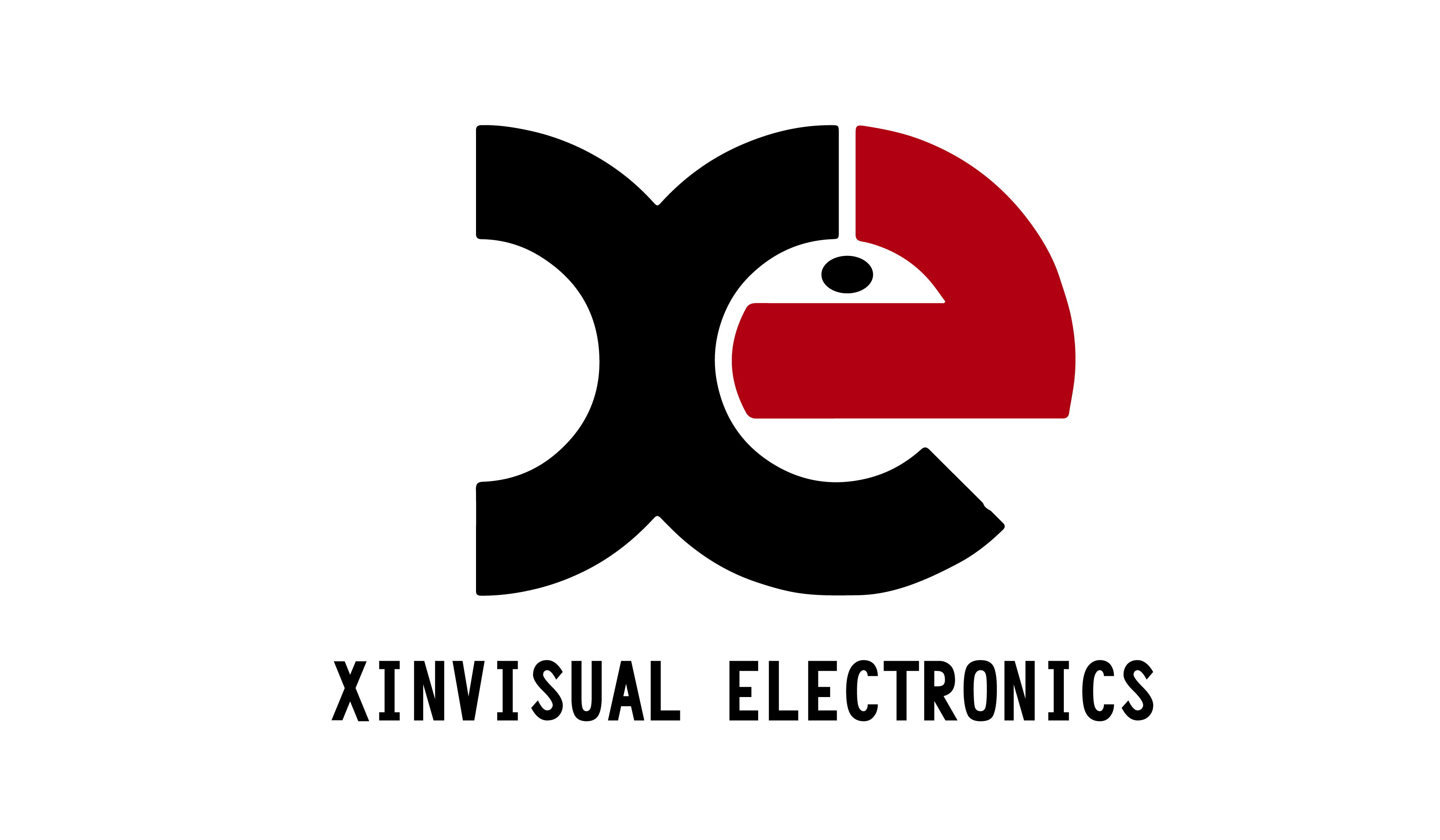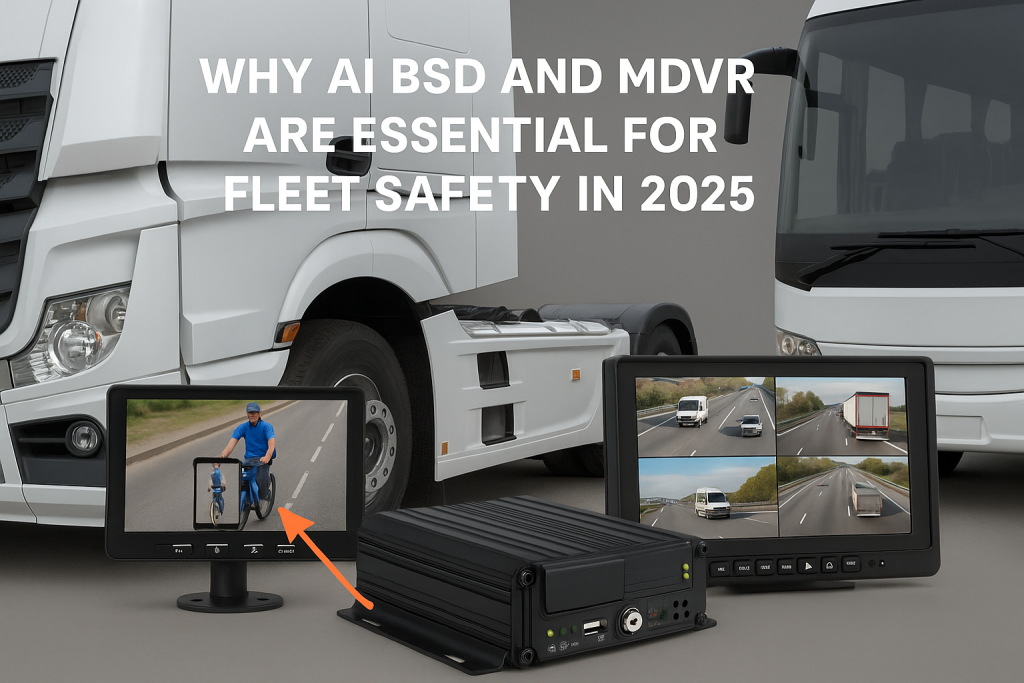Introduction
Fleet safety is evolving fast, and in 2025, the stakes are higher than ever. Between tighter regulations, growing insurance premiums, and increasing urban traffic, commercial fleets can’t afford outdated safety measures. The answer? Smart technologies that do more than just alert drivers—they anticipate risks and record critical data in real time.
Two of the most powerful tools available today are AI BSD (Blind Spot Detection) and MDVR (Mobile Digital Video Recorder) systems. These technologies form the foundation of modern fleet protection—providing both real-time hazard warnings and 24/7 video evidence of every moment on the road.
If your fleet is still operating without these, you’re not just missing out—you’re falling behind.
AI BSD – The Smart Blind Spot Protector
Why It’s Critical for Large Vehicles
Commercial vehicles—especially box trucks, buses, and delivery vans—are notorious for having massive blind spots. Relying solely on mirrors is a dangerous game. Every year, thousands of accidents occur due to unseen pedestrians, cyclists, or other vehicles that slip into these invisible zones.
That’s where AI BSD comes in. Unlike traditional blind spot monitors, AI BSD uses cameras and artificial intelligence to detect and classify what’s in the blind zone. It doesn’t just beep when something is close—it analyzes whether it’s a person, bike, or moving vehicle and responds accordingly.
Key benefits include:
-
Reduced accident risk in urban traffic
-
Fewer side-swipes during lane changes
-
Lower stress for drivers operating in tight environments
It’s not just about alerts—it’s about smarter decision-making in real time.
How AI Elevates BSD Beyond Basic Sensors
What makes Xin Visual’s AI BSD solution exceptional is its intelligent detection algorithm. While older systems often give false alarms (or miss threats altogether), AI BSD knows the difference between a bush and a bike, or a road sign and a runner.
Here’s what you get with a modern AI BSD system:
-
Real-time alerts with image recognition
-
Lane-change assist with intelligent blind zone monitoring
-
Compatibility with most commercial vehicle types
-
Rugged build for all weather and lighting conditions
This is the kind of upgrade that pays for itself with the first accident it prevents.
MDVR – Eyes That Never Blink
Real-Time Surveillance and Recording
Imagine having a full-time security officer in every vehicle. That’s what MDVR systems essentially do. These rugged digital recorders are installed in the vehicle and connected to external and internal cameras—capturing everything that happens on the road and inside the cabin.
For fleet managers, that means:
-
Live video monitoring from your office
-
Playback access for incident review
-
Location tracking with GPS tagging
-
Event-based alerts (sudden braking, impact, speeding)
Whether you’re managing two vans or 200, this visibility is a game-changer for safety, training, and accountability.
Insurance and Legal Benefits
Accidents happen. But without evidence, you risk false claims, rising premiums, and costly legal battles. With MDVR footage, you can:
-
Protect drivers from false accusations
-
Resolve insurance claims faster
-
Prove compliance in regulatory investigations
-
Train drivers using real scenarios from your own fleet
In many cases, insurance companies offer discounts for fleets using video telematics like MDVRs. That means better protection—and better ROI.
Conclusion
In the fast-paced world of logistics, delivery, and transportation, fleet safety must be proactive—not reactive. AI BSD and MDVR systems give you the tools to see more, know more, and protect more. With real-time visibility and intelligent detection, your fleet can reduce accidents, minimize legal risk, and operate with more confidence than ever.
And when it comes to reliable, industry-proven technology, Xinvisual Electronics leads the way—offering scalable, rugged safety systems designed for real-world use.
If you’re serious about modernizing your fleet, don’t wait. These two technologies should be at the top of your 2025 checklist.

